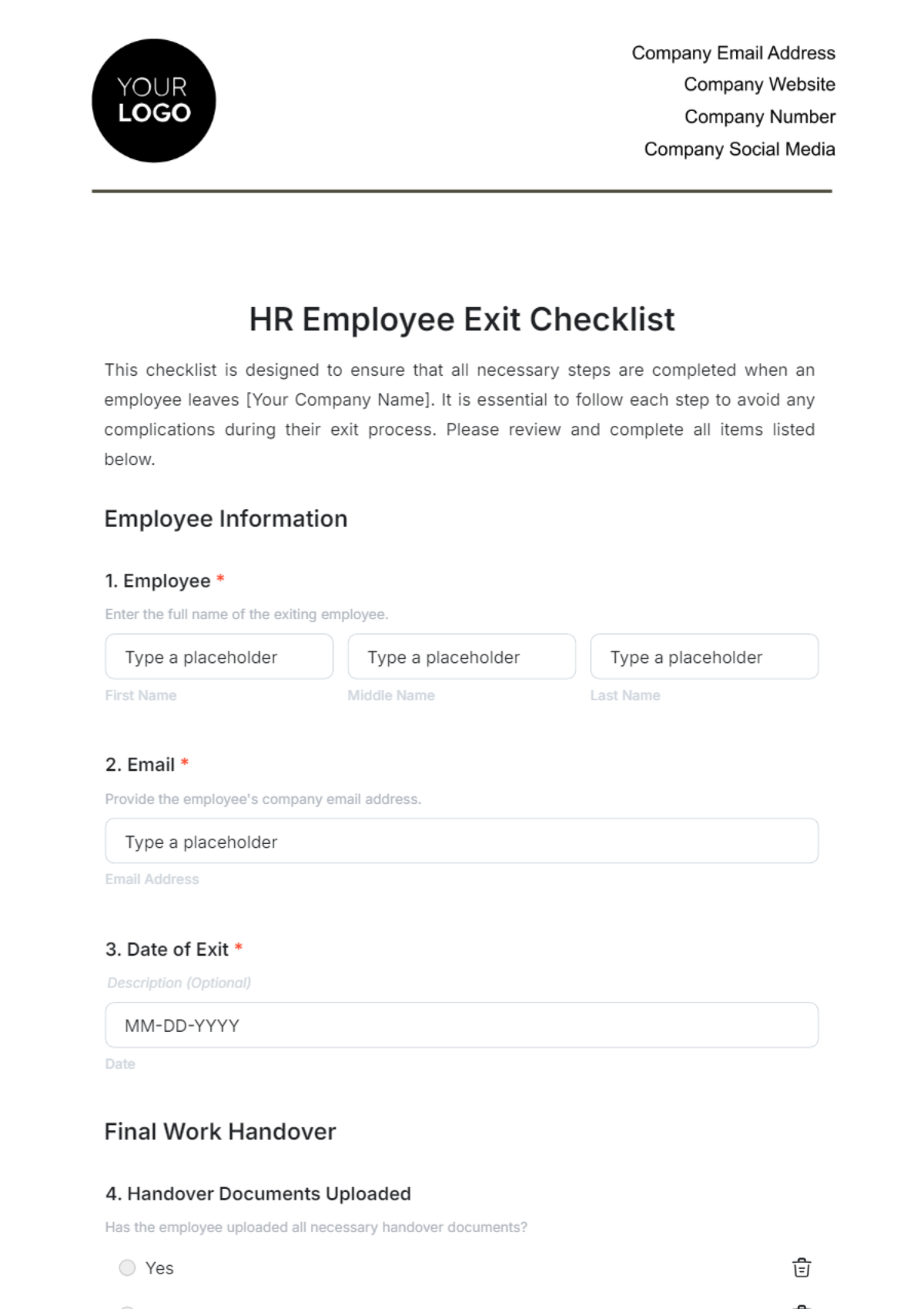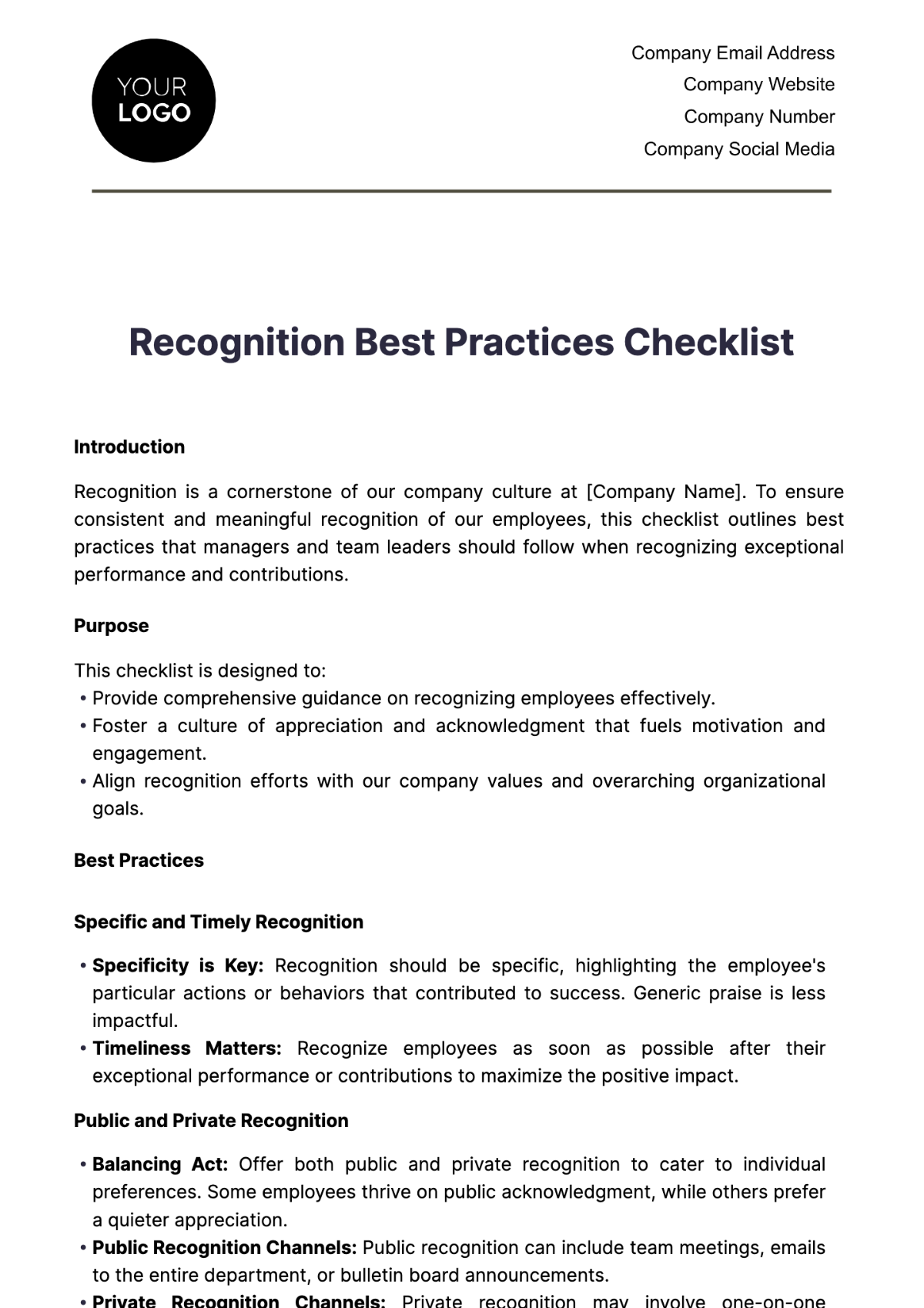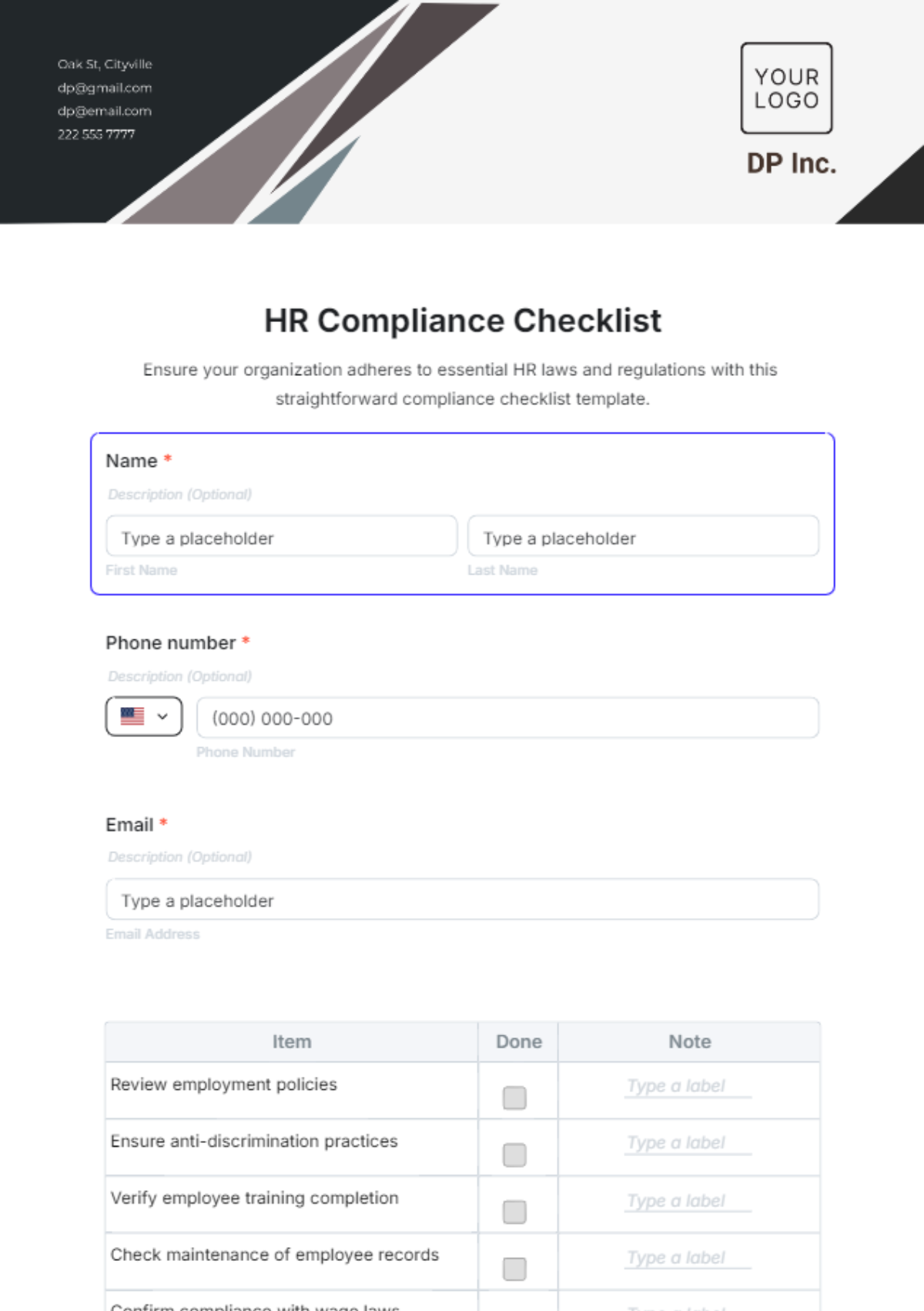Efficient Financial Closing Process
The closing process in accounting is crucial for ensuring accuracy and completeness in financial reporting. This checklist provides a structured approach to facilitate a smooth and efficient closing process. Check the completed task accordingly.
Objectives:
Ensure accuracy and completeness in financial reporting.
Comply with accounting standards and regulations.
Provide insights for informed decision-making through financial analysis.
Pre-Closing Preparation
|
|
|
|
Closing Entries and Procedures
|
|
|
|
Financial Reporting and Analysis
|
|
|
|

















































